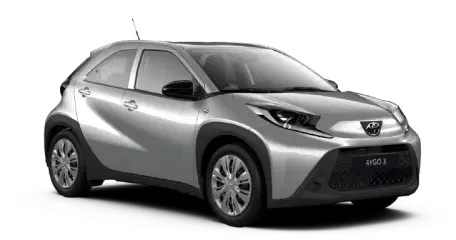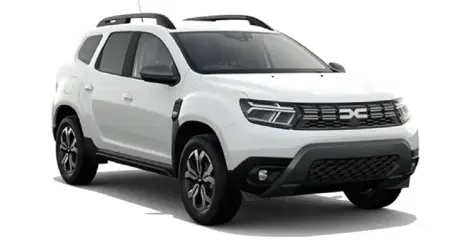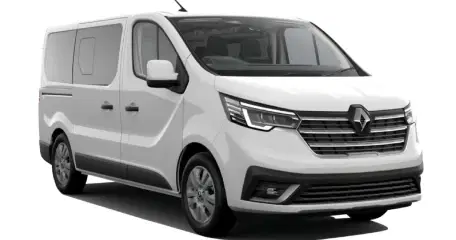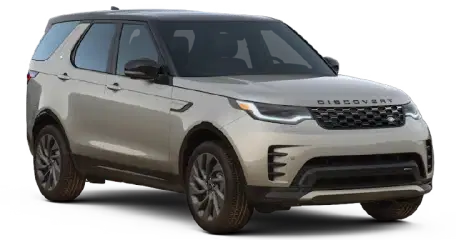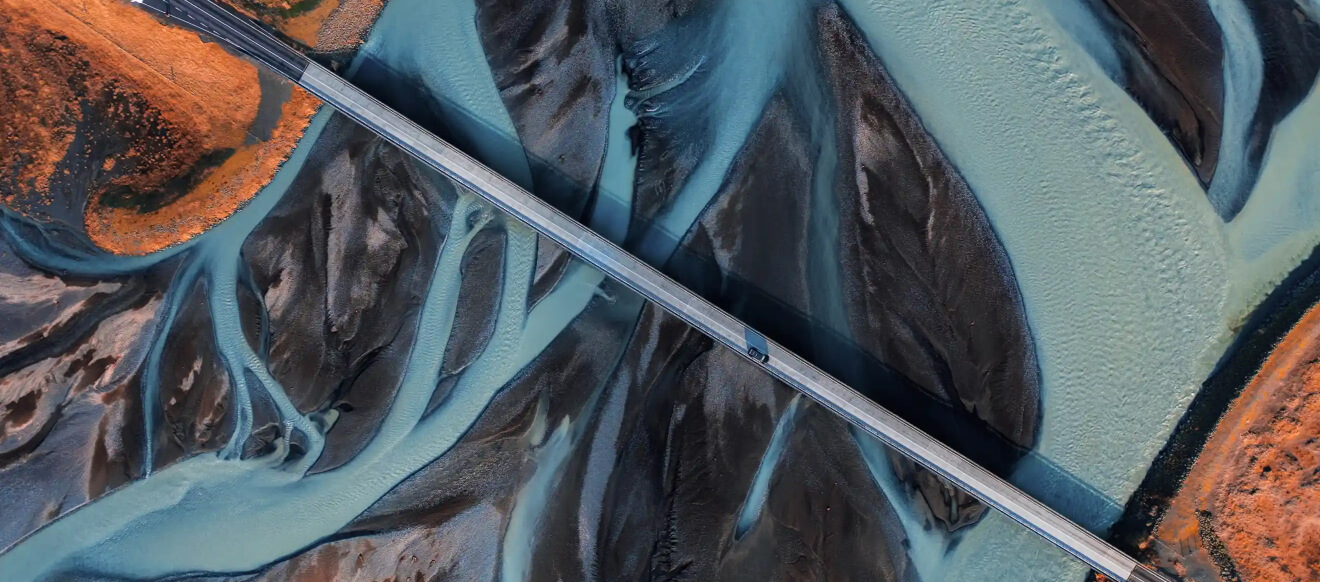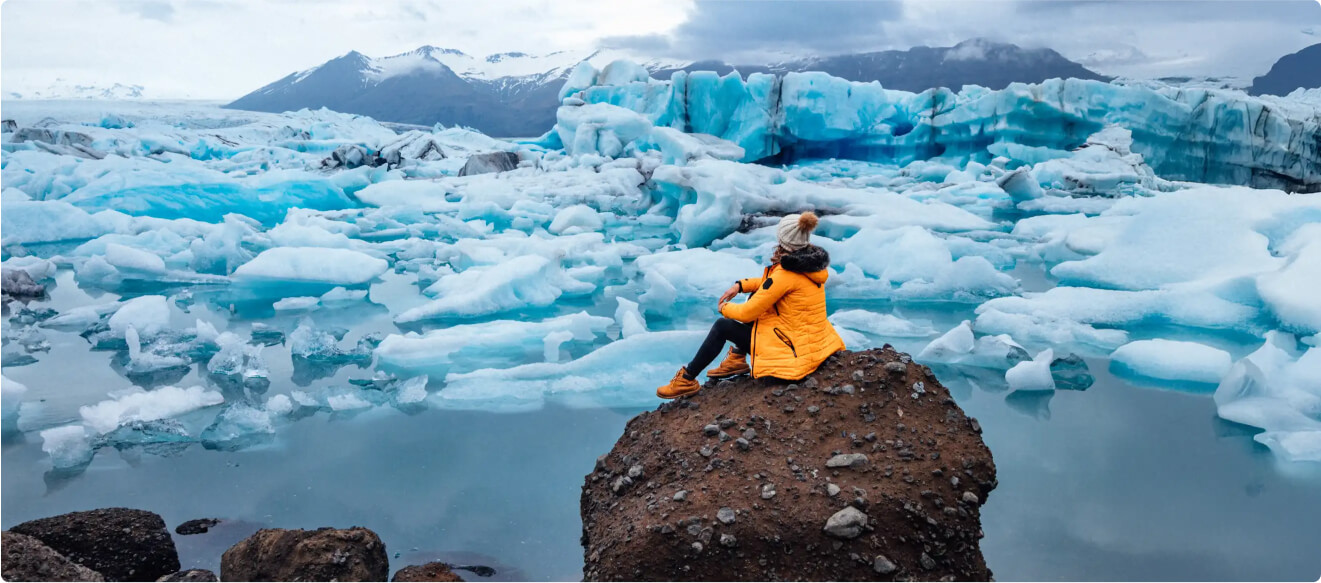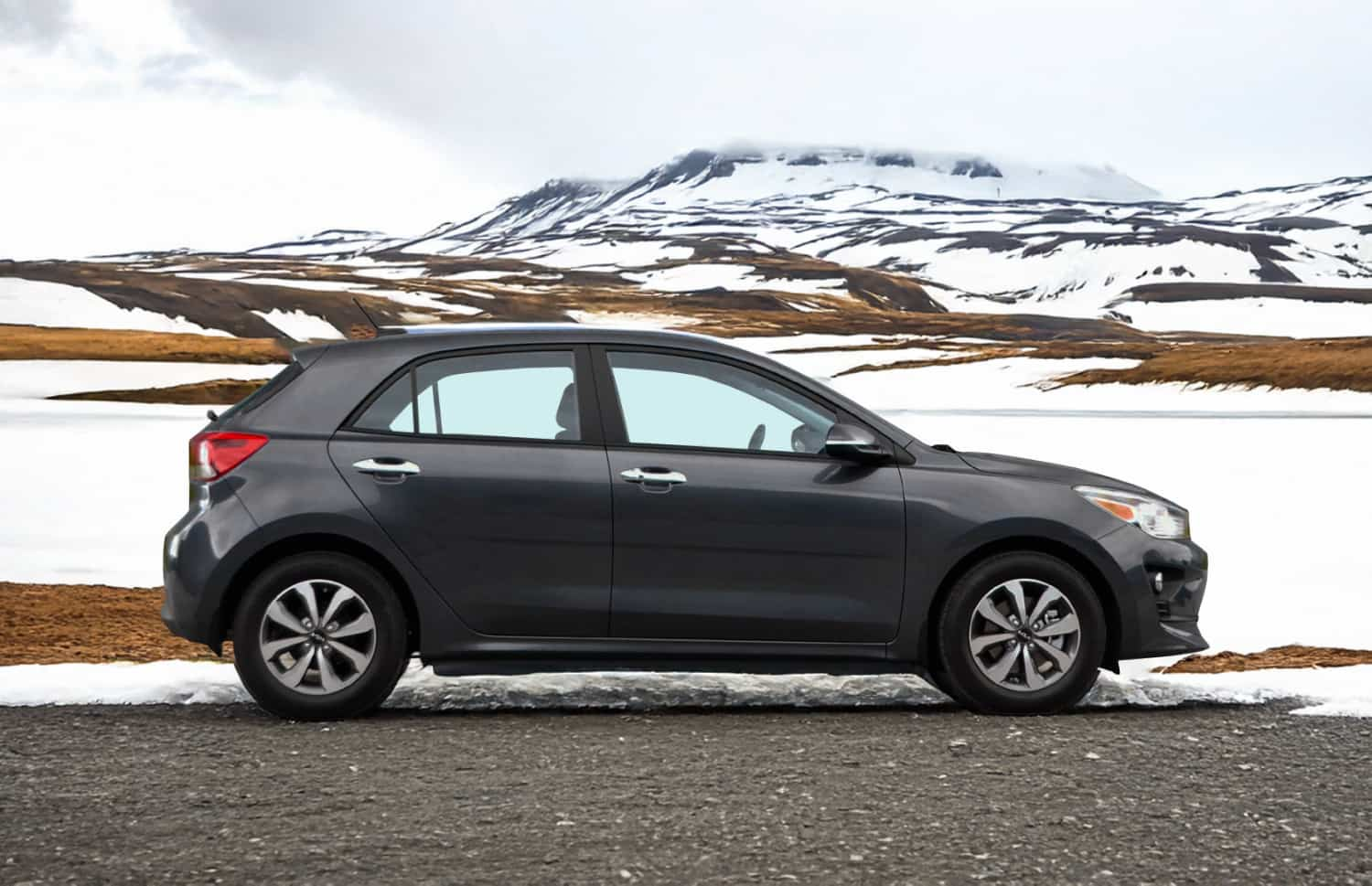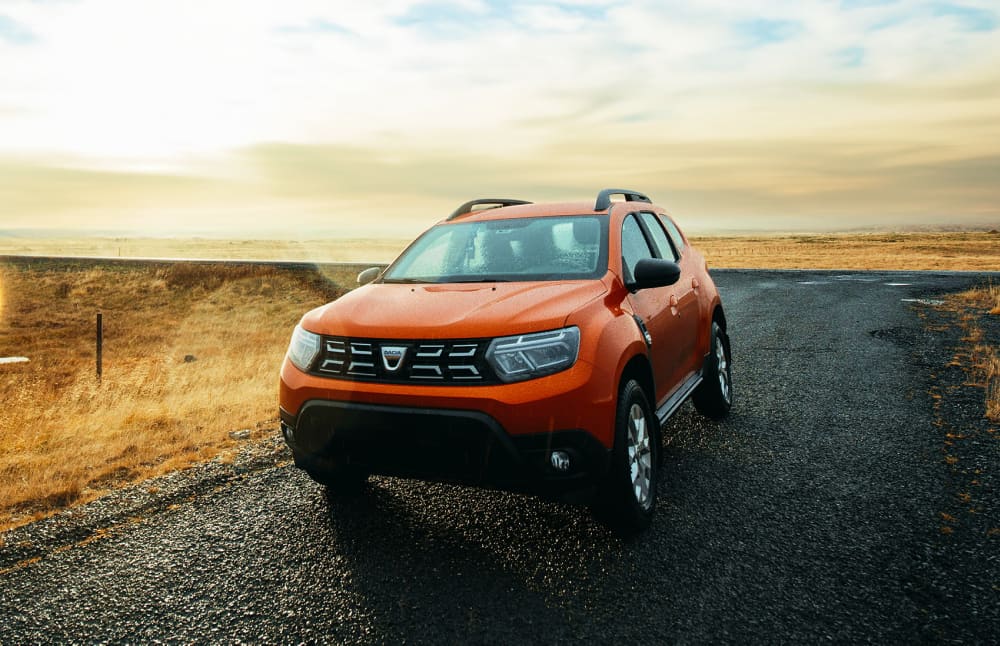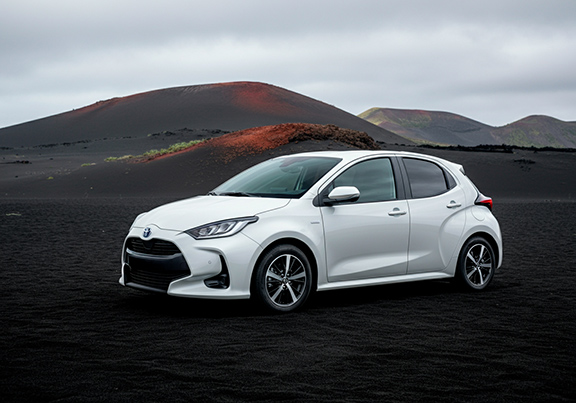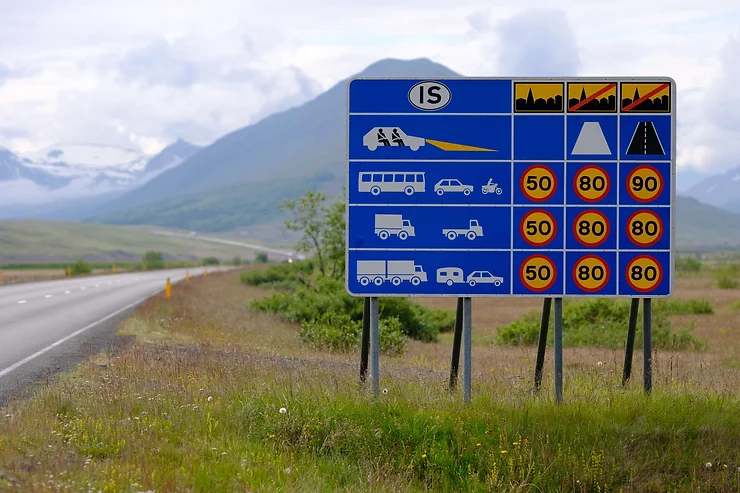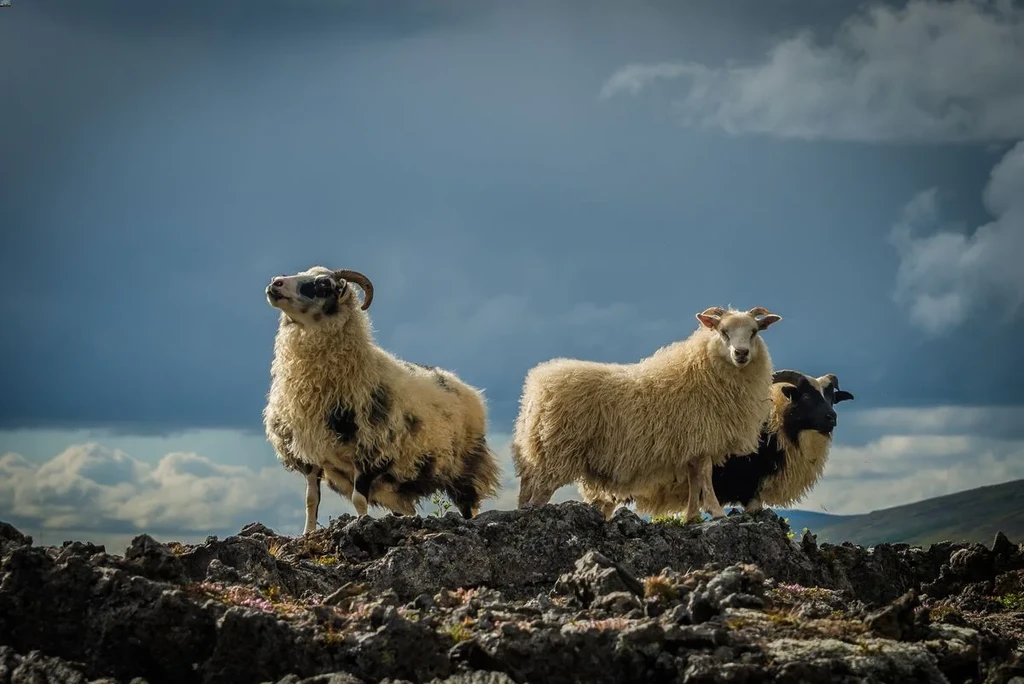Depending on where you hail from, Iceland’s road system is likely a little different from what you’re used to. This country of epic landscapes is sparsely populated, with huge swathes of uninhabited and untouched land. This means that the roads in Iceland vary greatly.
In the more densely populated areas of South Iceland, roads are well-maintained and navigable year-round. But as soon as you head into the more remote parts, you’ll notice that the poor road conditions make for a much bumpier ride.
In this article, we will take you on a tour of the Iceland road network, examining the different types of roads found across the island. We will, of course, discover what vehicles are best to tackle them in. We’ll also run through the basic rules of the road in Iceland. This way, first-time road trippers can gain a good understanding of what it’s really like to drive in the Land of Fire and Ice.
The different roads in Iceland
Let’s begin with an overview of the different types of roads in Iceland. There are a total of five that make up the Iceland road network, spanning some thirteen thousand kilometers. Most of these loop around the coast, with large areas of the interior completely empty of roads of any kind.
Primary Roads
Primary Roads in Iceland cover a distance of just under 4500 kilometers. These are the main roads in Iceland that connect the larger cities and towns around the country. As the vast majority of Iceland’s villages and towns are arranged around the coast, so too are Primary Roads.
The most famous section of primary roadway in Iceland is Highway One, or the Icelandic Ring Road. This main road circles the whole island, and it will take up most of the time you spend driving around Iceland. There is also a primary ring road route around the Westfjords in North Iceland. This road system recently opened in 2021 and has since improved accessibility greatly.
Primary roads are well-maintained tarmacked roads that are open throughout the year. The tempestuous Iceland weather can make it unsafe to drive on occasion, but these primary roads will almost always stay open for travel. Any vehicle can drive safely on these roads, so whether you’re renting a car for Iceland’s Ring Road or a motorhome, you’ll have no problem cruising with ease.
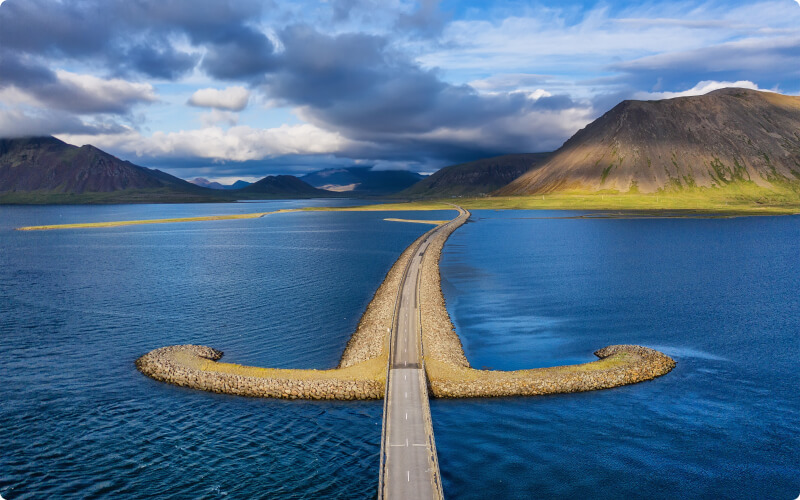
Primary Highland Roads and Highland Roads
Primary Highland Roads snake their way across the wilder interior of Iceland. They generally connect the north and south across the Southern and Central Highlands. One glance at them on the map and you’ll see that they are lonely stretches of road, often with none or very few connecting paths.
These highland roads are referred to as F-Roads in Iceland. They are marked on the map with an F preceding their road number. Known for their rough nature, F-roads usually feature loose gravel and some potholes.
They are usually only open for the short summer season from May-June or August-September. Outside of these months, the road conditions are too treacherous or completely impassable because of snow. Since snowfall is possible year-round in the Highlands, there can even be summer road closures too.
Because of the driving conditions, you can only traverse F-roads in a 4x4 vehicle. Small cars and large motorhomes are not suitable up here, so if you want to tackle these tough roads, you should make a plan to rent a 4x4 in Iceland. Alternatively, you could opt to join a tour or take a short rental of a 4x4 SUV for the day.
Highland Roads are practically the same, but may be narrower and even rougher than those marked as primary.
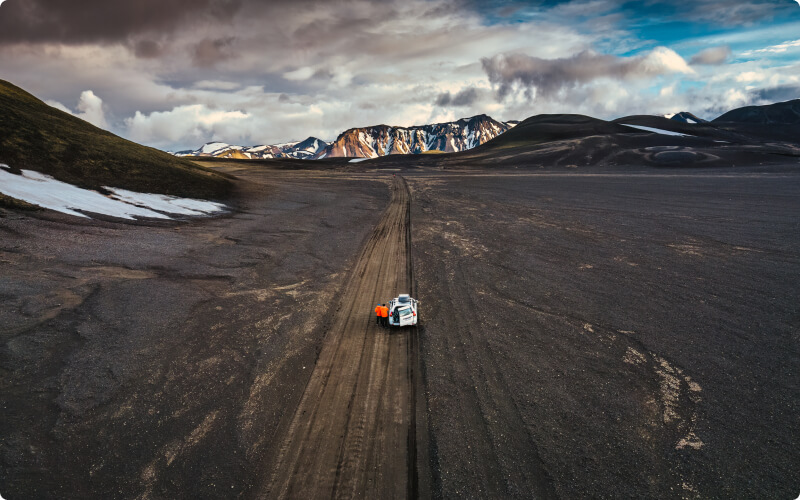
Secondary Roads
These Iceland roads crisscross around the coastal regions of Iceland. Smaller in nature, they connect little villages or areas of larger towns with Primary Roads. They also connect Primary Roads with Highland Roads and things like national parks, ferries, and tourist attractions.
Their maintenance quality depends on where they are and how well they are used. Any vehicle can access them, but you should always exercise caution just in case.
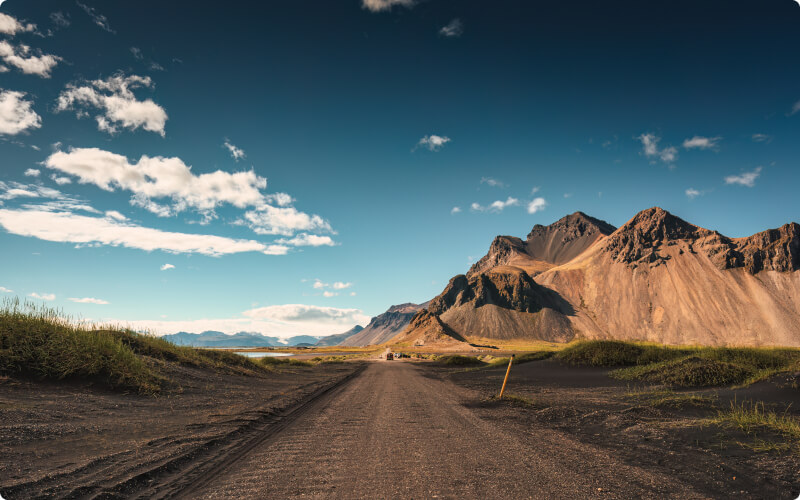
Local Access Roads
These are usually short roads connecting local public places and farms to other larger roads. Along these roads, you’ll notice churches and public buildings. There are also tourist sights such as visitor centers and waterfalls or campsites.
Like Secondary Roads, they may be well-maintained if they aren’t used often or the opposite if they are well-loved. These will be a mix of tarmacked roads or rougher roads, but they are wholly accessible for all vehicle types.
As always, if you are driving around Iceland in a regular vehicle, then just be aware of where you’re heading. Don’t turn into one of these routes unless you’re sure where it leads. Of course, if you’re visiting tourist attractions or campsites, the journey will be smooth if you drive slowly and carefully.
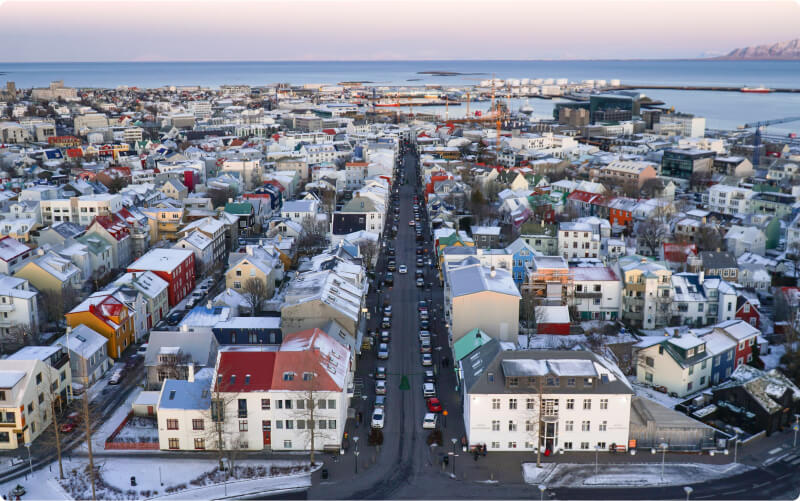
The rules of the road in Iceland
We will now take you through a brief rundown of the rules of the road in Iceland. Keep these things in mind when planning your trip and while you’re out on the road.
Vehicles drive on the right-hand side of the road in Iceland, which many international drivers will be accustomed to. Those who are more used to driving on the opposite side might find this a bit confusing. But if you’re an experienced driver, whether you are a regular right-hand or left-hand driver shouldn’t matter all that much. Just take it slow, pay attention to road signs, and you’ll be cruising fine.
Iceland speed limits
Iceland speed limits are very strict, and they are enforced with hefty fines. Speed cameras show their face all across the Iceland road network. So, while you may not know that you’ve gone over the maximum when it happens, you could be slammed with a nasty bill at the end of your trip.
Speed limits are set in kilometers, so if you’re used to miles per hour, brush up on your knowledge of the accurate conversions. Here are the limits for the various types of roads:
-
90 km/h (55 mph) on paved rural roads
-
80 km/h (49 mph) on dirt and gravel roads
-
50 km/h (31 mph) within cities and towns
Other driving laws
Icelandic law requires all passengers in a vehicle to wear a seatbelt, whether they are seated in the front or the back. Additionally, all children must be seated in an appropriate car seat.
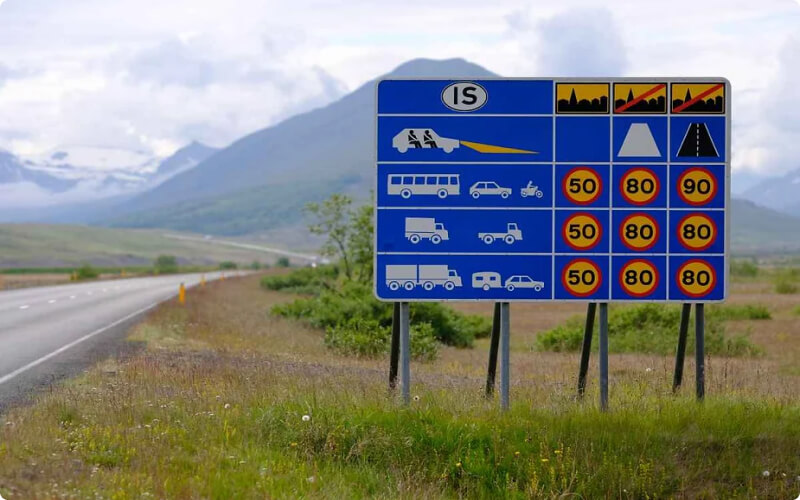
Toll roads
Fortunately, there are no toll roads in Iceland, but there is currently one tunnel toll. This is the Vaðlaheiðagöng tunnel in North Iceland. The tunnel is close to Akureyri city and runs under a fjord connecting it to villages such as Húsavík.
You can reach Húsavík by skirting around the fjord on free roads, but the tunnel cuts off about nine miles of travel time. The fee is about $12 (USD) and it only takes a few minutes to pay it online. There is a rental car section on the website and you will need to pay it within three hours.
Road Closures in Iceland
The Iceland roads in winter are not just challenging in terms of road conditions, but are also subject to sudden road closures. This can really throw a spanner in the works of any Iceland itinerary. This is why we always advise visitors to be flexible and leave a little leeway for these types of unforeseen events. It’s also crucial to keep an eye on the Iceland weather forecasts. Do check on the Iceland road conditions too before hitting the roads in Iceland for daily excursions.
Roads of Iceland and hazards to look out for
When tackling the roads in Iceland, you need to keep the following in mind:
Ensure that You Feel Comfortable With the Iceland Road Conditions
Driving in Iceland is a fantastic way to see the country, but it can feel very unfamiliar depending on your experience. Before getting behind the wheel, make sure that you feel confident enough to tackle a diverse set of roads and driving weather. This is especially true if you are planning a road trip in winter, when the road conditions can get tricky.
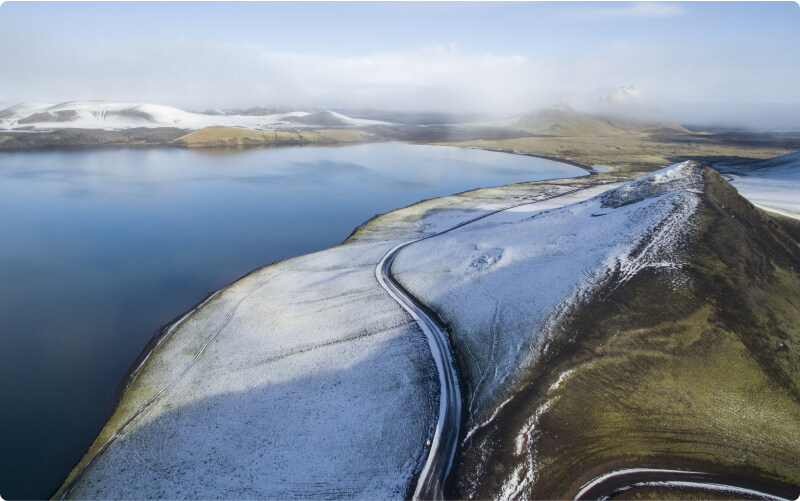
Ensure that You Feel Comfortable Driving 4x4 Roads in Iceland
Similarly, if you would like to drive the Iceland F-Roads in a 4x4, you need to ensure that you are comfortable behind the wheel of a 4x4. This could be an exciting prospect for some, while others could feel daunted by the possibility.
Always Stay Focused
Generally, you should use the same common sense that you would when driving anywhere in the world. Keep your attention on the road and if in doubt, drive more slowly and cautiously.
Keep an Eye Out for the Icelandic Wildlife
There are a few more things that are unique to Iceland, however. For example, often there are no hedges or road barriers, and sheep in Iceland can roam freely across the roads. So, you won’t just be sharing the road with solely humans, but animals as well! In these areas, you should always keep an eye on the sides of the roads and adjust your driving accordingly.
Expect the Unexpected
Since weather conditions can also be unfamiliar, and you never know if you’ll need to drive in snowy or icy conditions, you’ll need to have your wits about you.
Be Careful When Dealing With the Legendary Icelandic Winds
High winds are another factor in Iceland. With little tree coverage, there is not much to slow the wind down. If you are driving a high vehicle, keep this in mind. Likewise, watch out for opening vehicle doors in windy conditions.
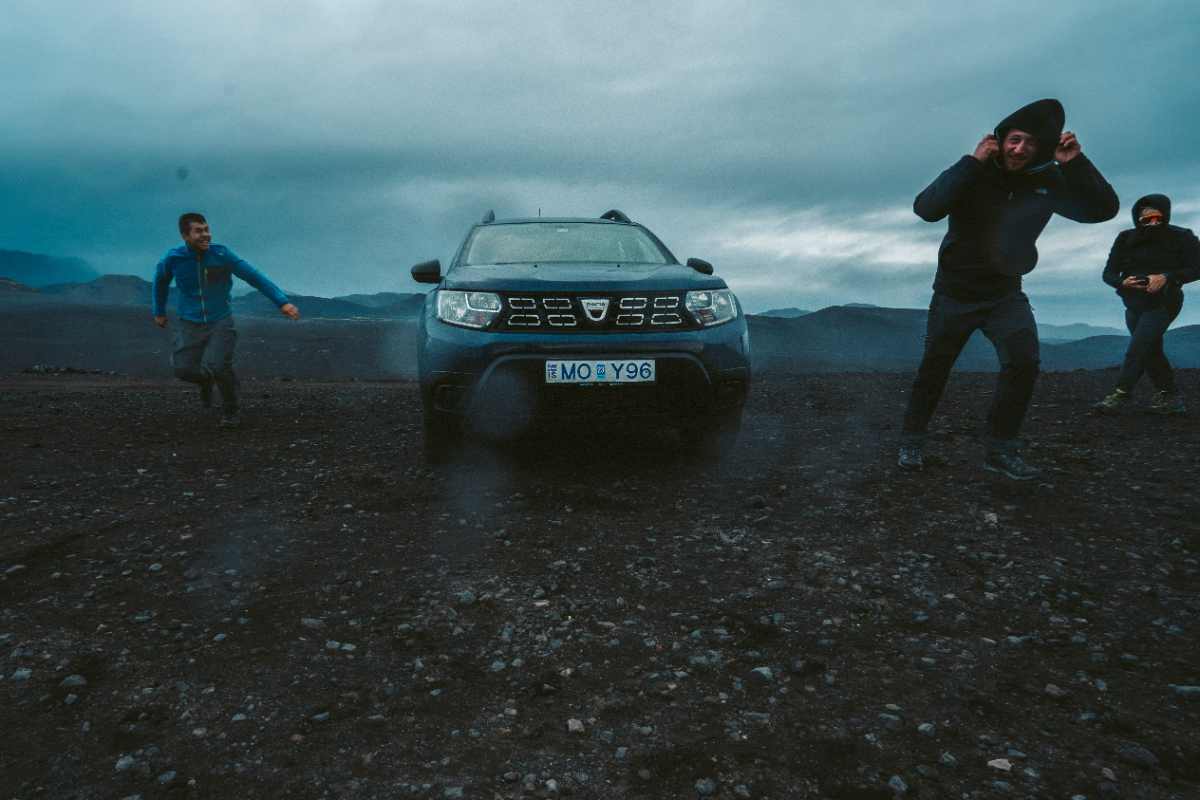
Roadside Assistance in Iceland
Even if you follow all of our advice above, and you remain focused, and keep an eye on the weather and the Iceland road conditions, you might still end up on the wrong side of an Iceland road trip. But don’t worry. Just because you’re on an island doesn’t mean that you’ll be left stranded. Roadside assistance is available to anyone who needs help in Iceland.
It is important to note though that you will need to discuss this matter with your rental agent during your conversation regarding car rental insurance in Iceland. Many of the recommended insurance policies do not include roadside assistance. And, unless you want to end up with the bill, you’ll need to get some add-on insurance.
FAQs Regarding Roads in Iceland
Below you will find the answers to some of the most frequently asked questions we receive about roads in Iceland:
How are the Roads in Iceland?
That depends on the routes and roads in your itinerary. Most roads in Iceland are paved and in excellent condition. Some routes include a few gravel roads, but can be carefully driven with a normal 2-wheel drive car. Finally, roads like the F-roads are so rough they can only be accessed with a 4x4.
Which Roads in Iceland Require 4x4?
The F-roads are the only roads in Iceland where a 4WD is mandatory. Although, we do recommend that you have a chat with your rental agency beforehand. As experts and locals, they will be able to tell you exactly which roads and routes you should tackle with a 4x4 (even if just out of precaution).
When do Roads become Icy in Iceland?
Mostly during the colder, winter season. But keep in mind that the ice can take some time to completely thaw, and you will still find patches during the springtime.
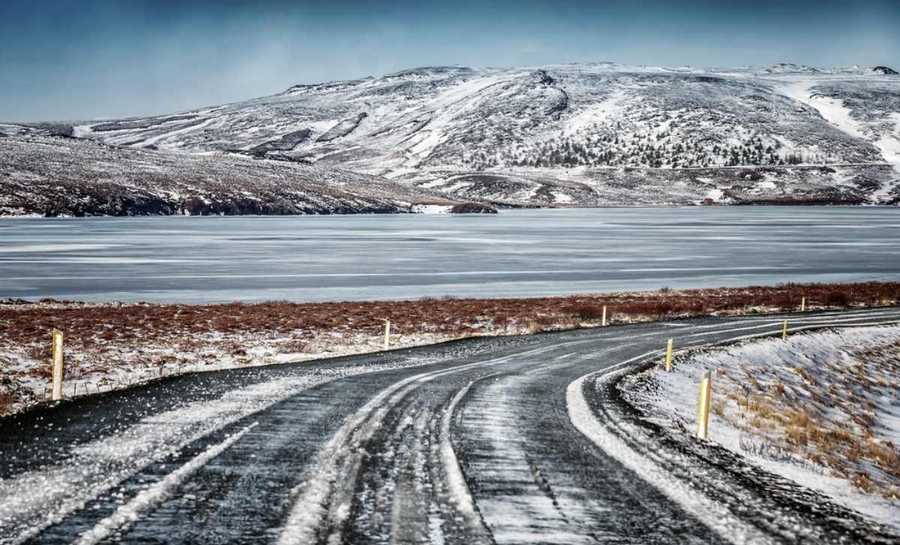
What Side of the Road do they Drive in Iceland?
People in Iceland drive on the right side of the road, like in most European countries.
Roads in Iceland in a nutshell
You already learned everything about Iceland's network and road system, from the types of roads to speed limits and expected conditions. Now, sit back, relax and book your rental to kick-start your driving adventure around the island!





